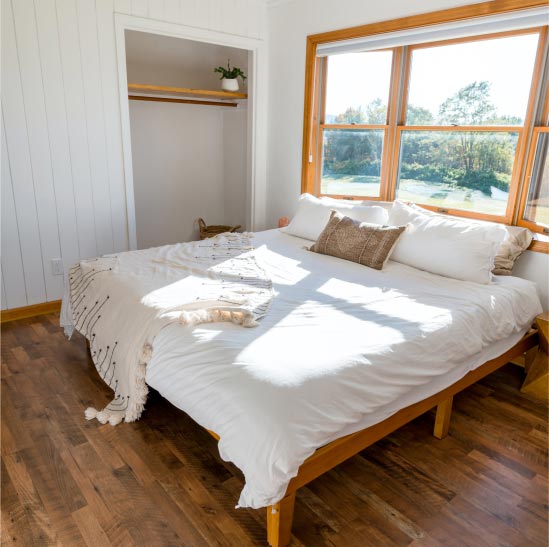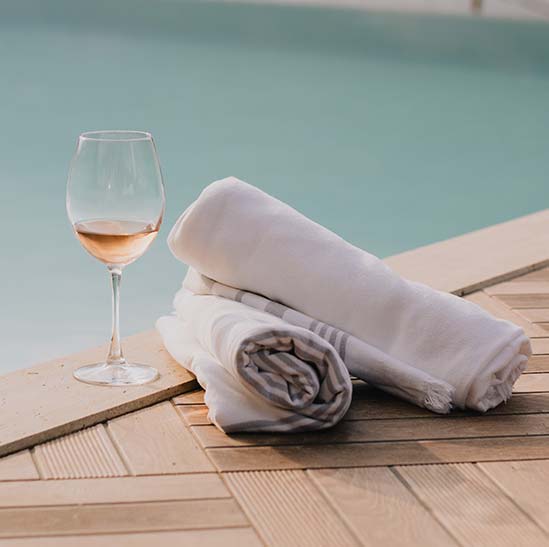How to choose the best volleyball ankle brace
How to choose the best volleyball ankle brace
Author
huanggs
Share
Author
huanggs
Share
When you’re on the hunt for the best volleyball ankle brace, you need to consider multiple factors, and trust me, I’ve been through this process. You see, playing volleyball, like any sport, requires stability and protection, especially for high-intensity players who want to avoid injuries. First off, understanding your needs is crucial. Whether you’ve had a previous ankle injury or are looking for extra support, products like active ankle braces or best volleyball ankle brace can be quite beneficial.
During my search, I found that quality ankle braces usually cost around $30 to $50. While some might think it’s a bit pricey, think about the cost of medical bills from a severe ankle injury. It’s a good investment. Elite volleyball players often recommend brands like ASO and McDavid. They’ve got those amazing stabilizer straps that mimic athletic taping, which is fantastic because it provides that additional support without compromising mobility.
When evaluating different products, I noticed the specifications often mention the material. Most braces are made from neoprene or a similar blend because of its flexibility and durability. I mean, the last thing you want is a bulky brace that restricts your movement. Neoprene fits comfortably and maintains its structure over time. I remember reading an article in Volleyball Magazine that highlighted how neoprene not only supports but also wicks away moisture, so you stay comfortable during those long games.
Now, if you are prone to sprained ankles or have had past injuries, you might want to consider a brace with a more rigid construction. Ankle braces with plastic or metal stays offer enhanced lateral support, which can be crucial for athletes who need that extra security. Brands like Zamst are known for this feature and were highly praised in a Sports Illustrated report for their effectiveness in preventing recurring injuries.
Some people get confused about what size to get. Trust me, going after the right size is essential. These braces come in various sizes, typically small to extra-large. For example, my ankle circumference falls between 10 and 11 inches, so a medium size fits me perfectly. A friend of mine who plays beach volleyball swears by the adjustable versions for this very reason—they offer more flexibility if your size falls in between standard sizes.
Speaking of adjustability, you might want to explore options that offer customizable compression. Some products come with adjustable velcro straps, allowing you to control the tightness. It’s like having a brace tailor-made just for you! And then there are lace-up designs, which offer both a classic look and functional adjustability. The cool thing is that lace-up braces often provide a snug fit, akin to a shoe, which many players find extremely comfortable.
Remember, no matter how good a brace is, if it’s not comfortable, you won’t wear it. Comfort is non-negotiable. Once, while shopping at a sporting goods store, I tried on multiple braces. Some felt too stiff, while others didn’t offer enough support. I spent a good 30 minutes walking around the store, testing them out. That experience made me realize how crucial it is to try them on and ensure they suit your comfort level before making a purchase.
So, does wearing a brace impede your performance? Not at all, provided you choose the right one. The data suggests that wearing an ankle brace doesn’t significantly affect agility or vertical jump. Elite volleyball players still maintain their peak performance while using them. It’s like a safety net—you don’t always need it, but it’s great to have just in case. Think of LeBron James—he often sports ankle support gear and still performs at an elite level.
Furthermore, checking out reviews and testimonials also helps. Sites like Amazon and specialized forums can offer insights on user experiences. If 85% of users give a brace a 5-star rating, you’re probably looking at a dependable product. However, I always take those reviews with a grain of salt. Balance user feedback with personal needs and preferences.
It’s also worth noting how long you’ll be using the brace. If you’re recovering from an injury, you might require it for a few months. On the other hand, if you need ongoing support, opt for more durable options designed for long-term use. Longevity often correlates with cost, so spend wisely based on your needs. For reference, I’ve had my ASO brace for over a year now, and it’s still going strong, making it worth every penny.
In summary, consider factors like cost, material, support features, adjustability, and comfort. Evaluate various options to find what suits you best. Doing so will help you make an informed decision, minimize injury risks, and keep you at the top of your game.





